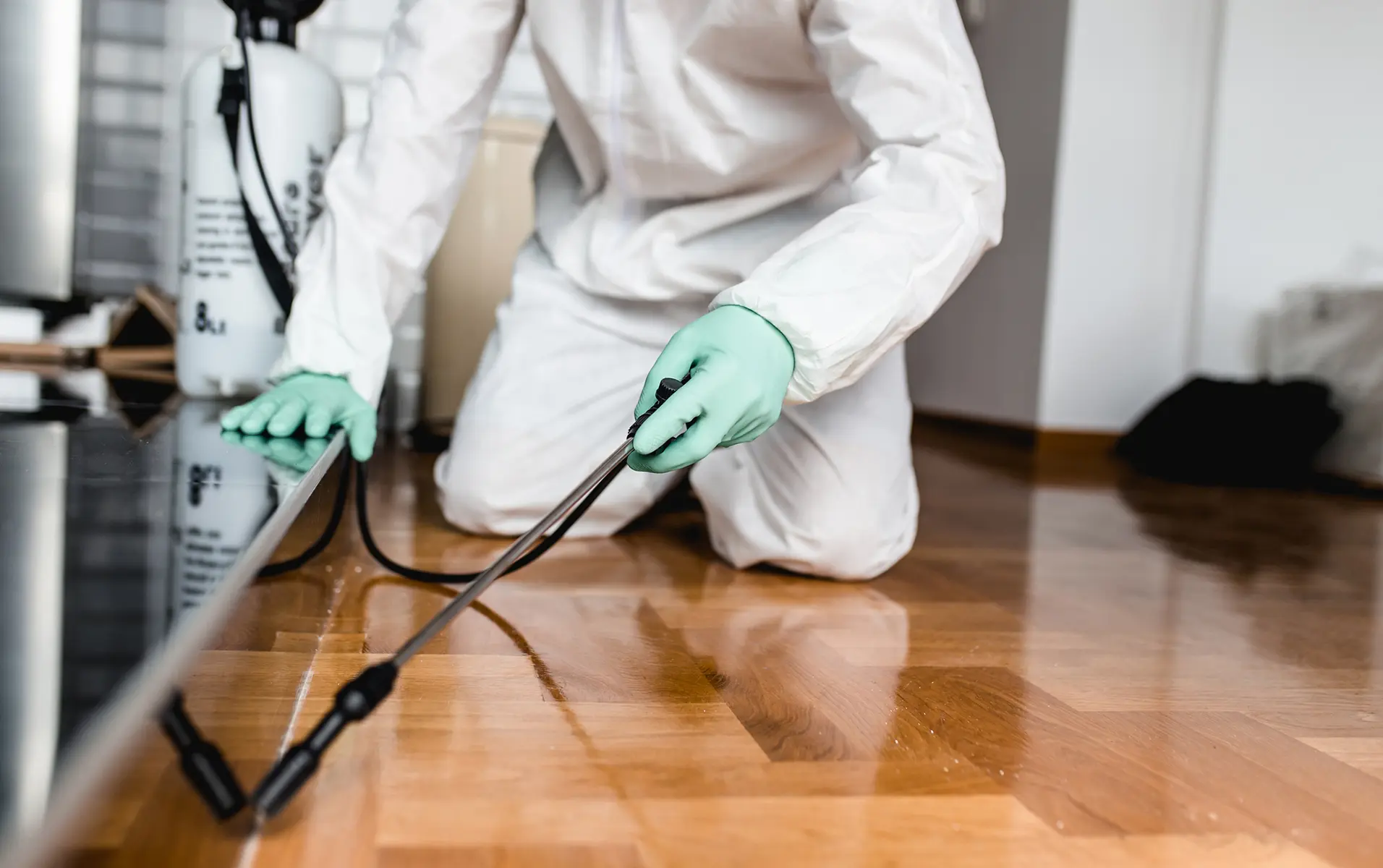Preparing your home for pest control treatments is an crucial part in securing the effectiveness of the service and keeping a pest-free environment. Many homeowners underestimate the importance of thorough preparation, leading to less satisfactory outcomes. Regardless of whether you are facing common household pests or planning for extensive treatments, investing time to organize your environment can make a notable difference.
In this guide, we will walk you through the crucial steps needed to get ready your home before the extermination team arrives. From removing clutter and sealing access points to keeping safe your animals and kids, each action plays a vital role in the success of pest treatment. By understanding what to expect and how to establish a conducive environment for management, you'll be well-prepared to maintain your space pest-free all year long. Now queen creek pest control dive into the preparation steps so you can enjoy a safe and effective extermination experience.
Grasping Common Residential Insects
Common household pests can be a considerable annoyance, making it essential to comprehend their habits and behaviors. Ants, for example, are communal insects that commonly invade kitchens in search of food and water. They usually form trails to lead their colony to dependable sources, which can quickly lead to a large infestation. Knowing their patterns can help you spot their entry points and successfully eliminate them.
One more prevalent pest is the cockroach, which thrives in warm, damp environments. These hardy insects can survive on little food and commonly hide in dark corners, like behind appliances and within cracks in the surfaces. Cockroaches can pose health risks by transmitting bacteria and allergens, making it paramount to address an infestation promptly. Regular inspections can help detect their presence early before they become a more major problem.
Bed bugs are another household concern, known for their ability to hide in narrow crevices and their preference for feeding on human blood. They can travel easily, frequently hitching rides on luggage and clothing. Their bites can cause discomfort and anxiety, further worsening the situation. Familiarity of these pests, their behaviors, and preliminary signs of infestation can help homeowners act quickly to avert widespread issues.
Successful Bug Management Strategies
One of the greater efficient strategies for pest control is to identify and seal entry points in your house. Common household pests, such as roaches and rodents, often find their way inside through small cracks and openings. Examine your home for any potential entryways around entrances, windows, and pipes, and use caulk or weather stripping to fill these areas. Additionally, it is important to ensure that screens on glass panes and vents are whole and free of holes. This proactive measure can significantly reduce the likelihood of pests invading your living space.
Another key strategy is upholding cleanliness and minimizing clutter. Pests are attracted to food sources and breeding grounds, so it is necessary to keep your kitchen and dining areas tidy and free of crumbs. Frequently take out the trash, store food in airtight containers, and scrub surfaces to eliminate any food residue. Moreover, organizing your home can reduce the hiding spots for pests, making it less inviting for infestations. Keeping your home organized not only enhances visual appeal but also plays a vital role in pest prevention.
Lastly, regular inspections and professional treatments are crucial components of effective pest control. Scheduling regular pest inspections helps in identifying any signs of infestations promptly before they become bigger problems. Alongside this, engaging with pest control professionals can provide you with specific solutions customized to your specific pest issues. They can offer advice on the timing of treatments needed for your area and type of pests, making certain that your home remains pest-free year-round.
All-Year Pest Control Tips

To ensure a pest-free home year-round, it is essential to apply a holistic approach. Start by ensuring all entry points, such as cracks in walls, gaps around windows, and cracks around utility lines, are secured. Regularly inspecting and maintaining these areas can form a robust barrier against pests. Moreover, maintaining tidy and organized spaces inside and outdoors your home can prevent unwanted guests. Keep food in closed containers and keep surfaces free of debris to lessen food sources for pests.
Seasonal changes bring new pests into play, so it is crucial to modify your prevention strategies appropriately. In the spring, focus on keeping your yard tidy by removing debris and water accumulation that attract insects. During the summer, make sure that screens on windows and doors are intact to prevent bugs out while taking in fresh air. In the fall, check your home for any cracks that might provide shelter for pests in search of warmth as temperatures drop. Finally, in winter, look out for signs of rodents, as they often try to access homes for warmth.
Lastly, carry out regular pest inspections, whether by yourself or with a specialist. Being proactive by recognizing and resolving potential pest issues before they get worse can protect you time and money in the future. Look into arranging inspections every season to detect any early signs of infestations, and always be aware about common pests in your area and the most effective methods for controlling them at bay. Regular care and attention are essential to a year-round pest prevention plan.
